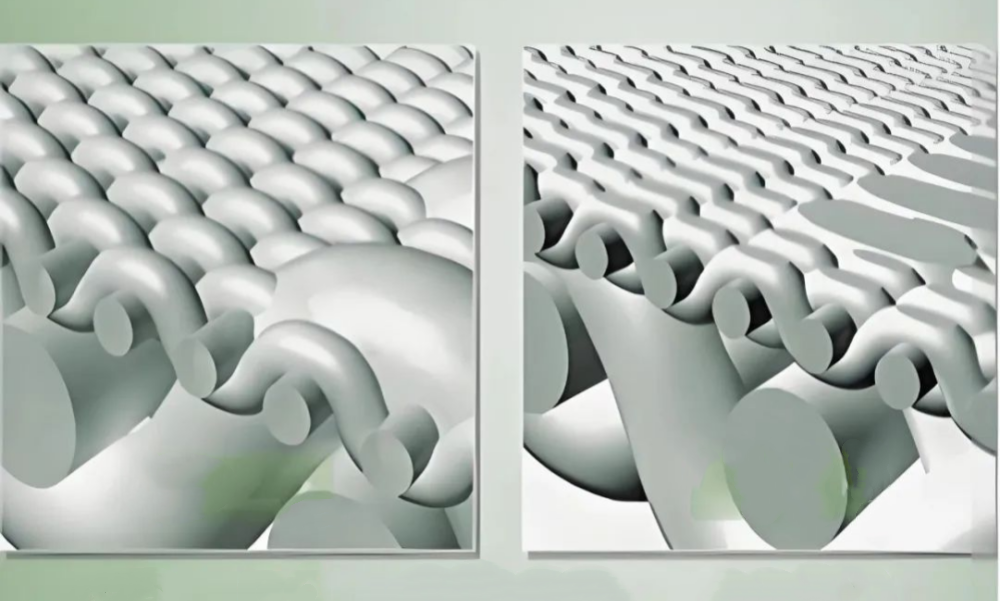
1. Material Innovation
Aerospace-Grade Polymers: Made from high-crystallinity polyester (PET) or nylon 6 (PA6) monofilaments.
Molecular Orientation Reinforcement: Melt-stretching aligns molecular chains → Tensile strength ↑ 40% (compared to traditional multifilament).
Precision Diameter Control: 0.15–0.35 mm ultra-thick monofilaments
2. Weaving Structure

1. Physically Smooth Surface
Monofilament advantages:
Zero fuzz fibers → Eliminates anchoring points for filter cake.
Mirror-like smoothness (Ra ≤ 0.2 μm) → Friction coefficient ↓ 60%.
Comparative Test:
Clay filter cake peel-off force: Monofilament cloth only 0.3 MPa, Multifilament cloth 0.8 MPa.
Cake Release: Ultra-smooth, anti-adhesion surface layer.
Strength: Tear-resistant middle layer + cushioning base.
Permeability: Quick-drain bottom layer.
Extended Service Life:
Acid & Alkali Resistance: pH 1–14
UV Aging Resistance: > 5000 hours
Smart Maintenance:
Reversible surface contamination cleaning (restore with direct high-pressure water jet).
Tailored Solutions:
Particle Size Distribution → Optimized monofilament diameter.
Slurry Viscosity → Customized surface energy parameters.
Equipment Type → Adjusted weaving tension.
By combining material-level genetic engineering with structural innovation, monofilament filter cloth transforms the contradiction between “high strength” and “easy cake release” into a synergistic advantage—marking a breakthrough in industrial filtration.